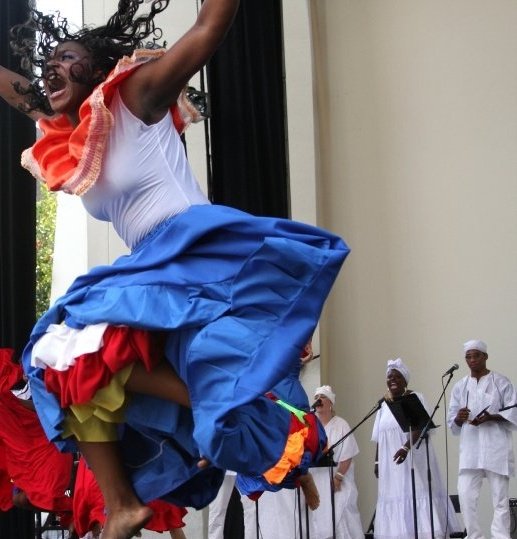
Ordering Closed
PALO CONGO & ARARÁ Workshops with Liethis Hechavarria
Saturday, March 30, 2019 |
12:00pm
BC Dance Studio
877 Hamilton St.
This is a 3-hour workshop exploring Afro-Cuban dances with Liethis Hechavarría.
Palo traditions come from the Bantú people of Central Africa (particularly from Congo). The Bantú represent the majority of African slaves coming into Cuba during the 17th and early 18th century; later the Yoruba (from Nigeria) became the primary group brought to Cuba as slaves. Drums and hand rattles are used in this music, which is based upon communication with ancestral spirits, the dead, as opposed to the Orishas. The songs and chants, often in a hybrid combination of Spanish and Bantú words, play a central role in the rituals of Palo. Music of this tradition has had a strong influence on popular music forms like Rumba, Son and Mambo.
Arará: from the Fon people and the Arara kingdom of the Dahomean region, now known as Benin, Arara rhythms, songs and dances were introduced into eastern Cuba through Haiti, where many of those rituals and ceremonies are still practiced. Arará may also refer to the music, dance, and religion of this group of people. Arará music is characterized by particular percussive styles, including drumming, hand clapping and body percussion. Instruments include the ogan (an iron bell) which may be replaced with a guataca (hoe blade), cachimbo (smallest drum, highest pitch), mula (medium drum), and caja (largest drum, lowest pitch). The drums are single-headed and closed on the bottom, tuned with pegs. Other names for these drums are also used in some parts of Cuba, such as hungan for the caja. The lead is played with a stick and a hand, while the others are played with pairs of sticks by seated players
